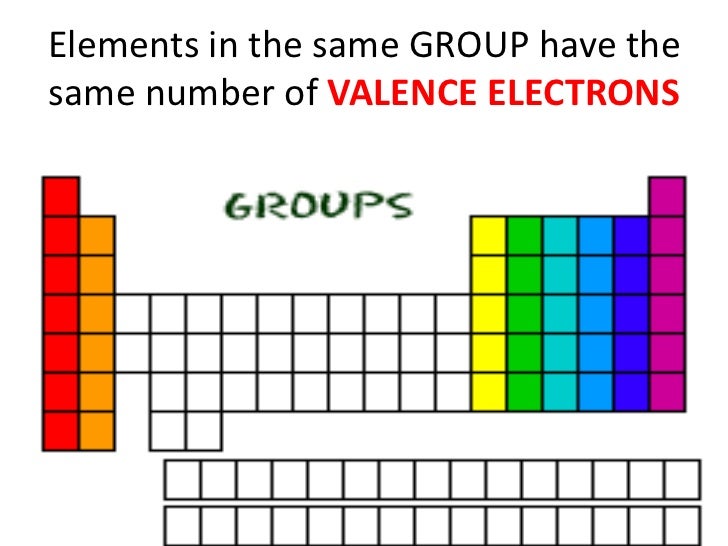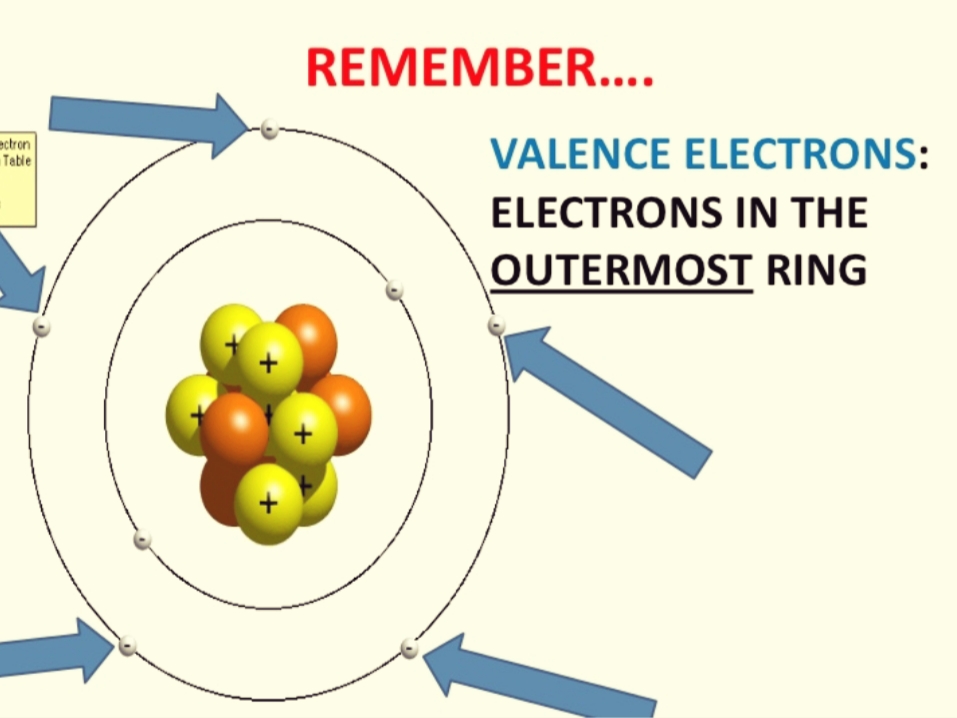
It readily combines with a molecule containing an atom with a lone pair of electrons.Figure 1.

However, the B–F bonds are slightly shorter than what is actually expected for B–F single bonds, indicating that some double bond character is found in the actual molecule.Īn atom like the boron atom in BF 3, which does not have eight electrons, is very reactive. The reactivity of the compound is also consistent with an electron deficient boron. This suggests the best Lewis structure has three B–F single bonds and an electron deficient boron.

It is possible to draw a structure with a double bond between a boron atom and a fluorine atom in BF 3, satisfying the octet rule, but experimental evidence indicates the bond lengths are closer to that expected for B–F single bonds. For example, in the Lewis structures of beryllium dihydride, BeH 2, and boron trifluoride, BF 3, the beryllium and boron atoms each have only four and six electrons, respectively. Generally, these are molecules with central atoms from groups 2 and 12, outer atoms that are hydrogen, or other atoms that do not form multiple bonds. We will also encounter a few molecules that contain central atoms that do not have a filled valence shell.

Writing Lewis Structures with the Octet Ruleįor very simple molecules and molecular ions, we can write the Lewis structures by merely pairing up the unpaired electrons on the constituent atoms. Oxygen and other atoms in group 16 obtain an octet by forming two covalent bonds: To obtain an octet, these atoms form three covalent bonds, as in NH 3 (ammonia). Group 15 elements such as nitrogen have five valence electrons in the atomic Lewis symbol: one lone pair and three unpaired electrons. The transition elements and inner transition elements also do not follow the octet rule: Because hydrogen only needs two electrons to fill its valence shell, it is an exception to the octet rule. These four electrons can be gained by forming four covalent bonds, as illustrated here for carbon in CCl 4 (carbon tetrachloride) and silicon in SiH 4 (silane). For example, each atom of a group 14 element has four electrons in its outermost shell and therefore requires four more electrons to reach an octet. The number of bonds that an atom can form can often be predicted from the number of electrons needed to reach an octet (eight valence electrons) this is especially true of the nonmetals of the second period of the periodic table (C, N, O, and F). The tendency of main group atoms to form enough bonds to obtain eight valence electrons is known as the octet rule. This allows each halogen atom to have a noble gas electron configuration. The other halogen molecules (F 2, Br 2, I 2, and At 2) form bonds like those in the chlorine molecule: one single bond between atoms and three lone pairs of electrons per atom.


 0 kommentar(er)
0 kommentar(er)
